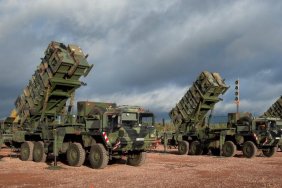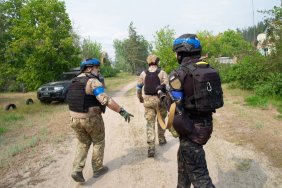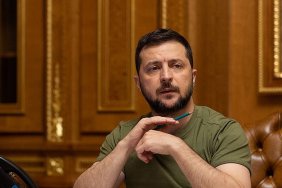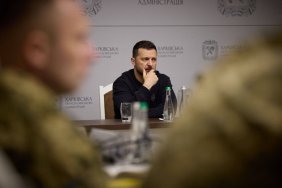The Commander-in-Chief of the NATO Joint Forces in Europe, General Christopher Cavoli, spoke about the difficulties faced by the allies in the process of training Ukrainian pilots, Voice of America reports.
Cavoli noted that it is not easy for Ukrainian pilots to switch from Soviet-type aircraft to fourth-generation fighters.
"It's especially difficult to move from the old Soviet-era aircraft that Ukrainians flew, maintained and supported, it's difficult to move from that to a modern fourth-generation aircraft like the F-16. We are working on this with them, a whole coalition of countries is working on this. In the end, it will be a very valuable thing for them," the general said.
Cavoli named English language skills as one of the biggest difficulties in training Ukrainians on the F-16.
"If all the manuals, all the instructions and all the buttons are written in English, you should at least know enough English to do it. By the way, this is also an international flight language. So you just need to have a certain level of language proficiency. This is the first step," he added.
According to the American general, another problem is related to the lack of sufficient basic training of some Ukrainian pilots. In this case, they must first undergo it and then master the F-16.
Cavoli also noted that Ukraine lacks military aviators.
"The limiting factor for the number of pilots we are currently training is the availability of Ukrainian pilots. The Ukrainians have carefully calculated how many pilots they can send and still maintain the proper level of combat activity inside Ukraine. And this is what determines the actual amount of the training or the number of pilots in the work conveyor," added the commander of NATO forces in Europe.






